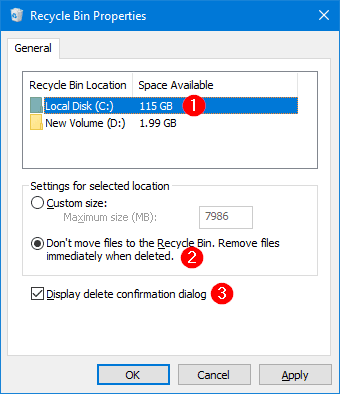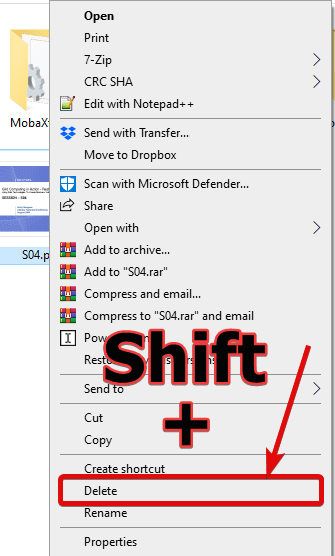


To do so, go back to Settings and open Desktop icon settings like you did in the last step. Microsoft support says that restoring the default desktop icons may help the issue. Go back and select Recycle Bin to make it visible on the desktop once again. Unselect all desktop icons here, click on Apply and OK and reboot. Under the Themes tab, you will find Desktop icon settings. Press Windows key+I button on the keyboard to launch Settings and search for Desktop Icons. Before we go ahead, I will also share how you can show or hide the Recycle Bin on your desktop because sometimes, it is not visible which makes it difficult to empty the Recycle Bin or even recover files from it. Some users say that the option to empty Recycle Bin is grayed out while others report that the option is simply not present. The problem occurs when you are unable to empty the Recycle Bin. Recycle Bin acts as a fail-safe, in case you need to recover a file you deleted accidentally. What was also useful is enabling Windows Explorer to show hidden system files and folders, like C:\$Recycle.Bin (may be called different on different systems, such as "Recycler"), by: pressing Alt to show the menu in Windows Explorer, Tools | Folder Options, View tab, uncheck Hide protected operating system files (Recommended).Whenever you press the delete button on your keyboard while a file or folder is selected, it moves to the Recycle Bin instead of getting deleted from your computer.

Some alternatives are suggested in this answer: (a) dealing with long file names using UNC \\.\. This may be related to a path of a file or folder in the Recycle Bin being longer than some limit. For me, they have names starting with "S" and followed by numbers and hyphens, like "S-1-2-3-1234567-12344-121212".Īfter that, the recycle bin is back to normal and the stuck folder is gone. Thanks to this answer, rd /s (remove directory recursively) on each of the folders in the C:\$Recycle.Bin. Now, using dir says "File Not Found", but autocompletion still works, so we can find the names of the directories here by typing, for example dir then pressing Tab repeatedly. Shift + right click Command Prompt and Run as Administrator.


 0 kommentar(er)
0 kommentar(er)
